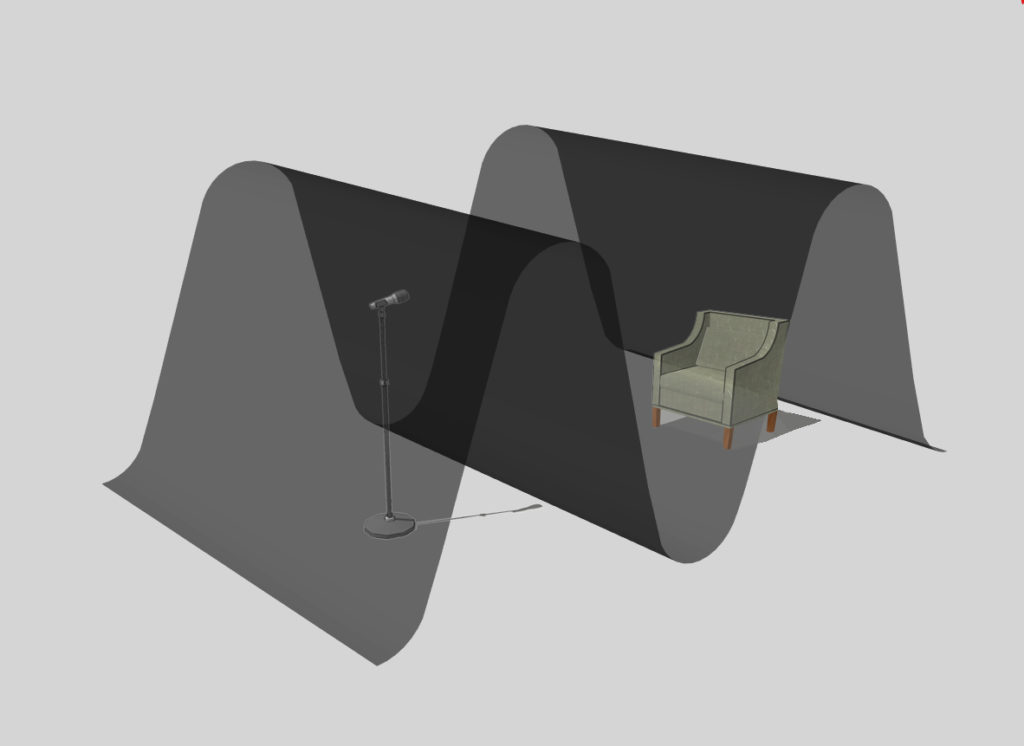
There is no such thing as bass trap foam. Bass or low frequency energy is not absorbed by any foam type whether it is an open or closed cell. Bass or low frequency energy is produced by large waves that oscillate throughout the room. Think of low frequency waves as ocean waves with large peaks that keep cresting throughout your room. They oscillate through your room just like ocean waves. This type of wave energy takes a certain type of technology to treat.
Foam is not and never could be used to absorb frequencies below 100 hz. There can be no such thing as a bass trap foam or foam bass trap. Foam is a material type that only works for middle and high frequencies. These are frequencies above 100 hz. Foam is lightweight, economical to produce, and predictable and consistent in performance. Our proprietary foam technology took 8 years and over 2 M to develop. It is the smoothest foam in the marketplace.
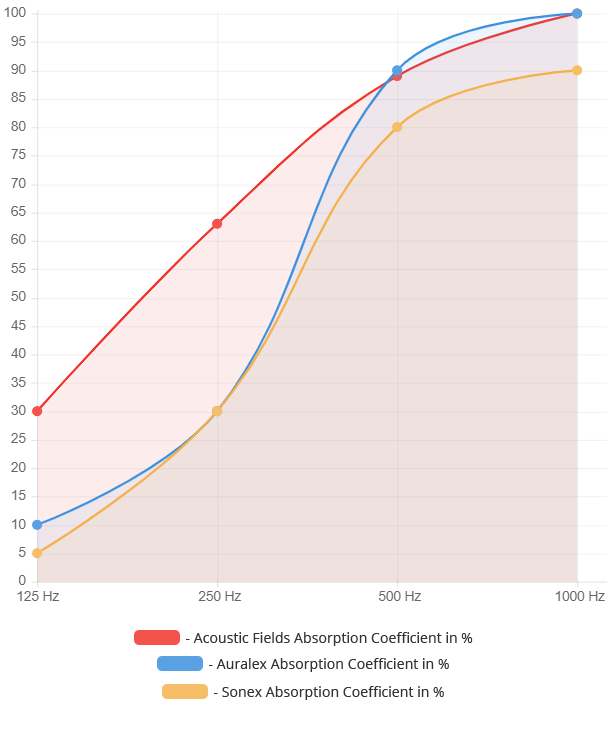
Importance of Smooth and Linear Frequency Response in Sound Absorption Technology
The most important frequency range for any sound absorption middle and high frequency technology is the frequency range from 125 hz. – 500 hz. You must treat this frequency range with great care when you are designing an absorption curve. You must move smoothly up the frequency range from 125 hz. and do it in a very linear fashion. Look at our performance from 125 – 500 hz. It is smooth and linear with no spatial irregularities in the response curve.
Notice the two competitors rates and levels of absorption. Notice the dips in the response curve. Why would you treat a middle and high frequency issue with a technology that can not absorb much energy at 250 hz. This is termed a spatial irregularity. You must have a smooth and linear response curve if you are to treat any acoustical issues. The treatment must perform better than the acoustical issues.
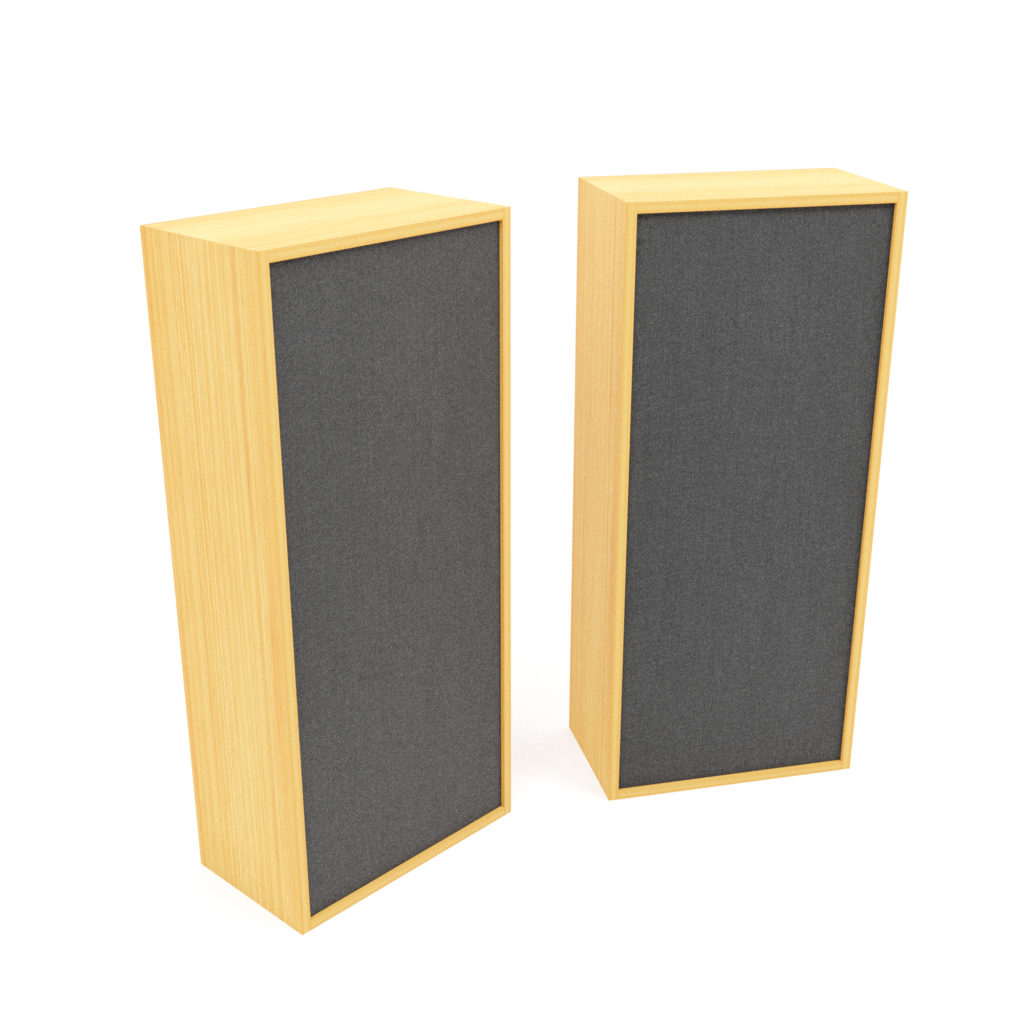
Acoustic Fields’ Enhanced Diaphragmatic Absorption for Low Frequency Energy Absorption
Low frequency energy is absorbed using three different but related technologies under our current laws of physics. We have diaphragmatic, membrane, and Helmholtz. Diaphragmatic is the most powerful of the three. Membrane is a cousin to diaphragmatic. Helmholtz resonators are frequency specific and operate in a narrow frequency range. Diaphragmatic absorption is the one we use at Acoustic Fields. We have taken the standard diaphragmatic cabinet with an increased density and added a dual front wall.
Two front walls will slow energy down faster than one if the densities are carefully selected. The depth of any diaphragmatic absorber determines how low in frequency the unit will begin to work at. Inside the cabinet is our proprietary carbon technology arranged inside a perforated absorber. Our ACDA series along with our Carbon Panel all possess this carbon technology.
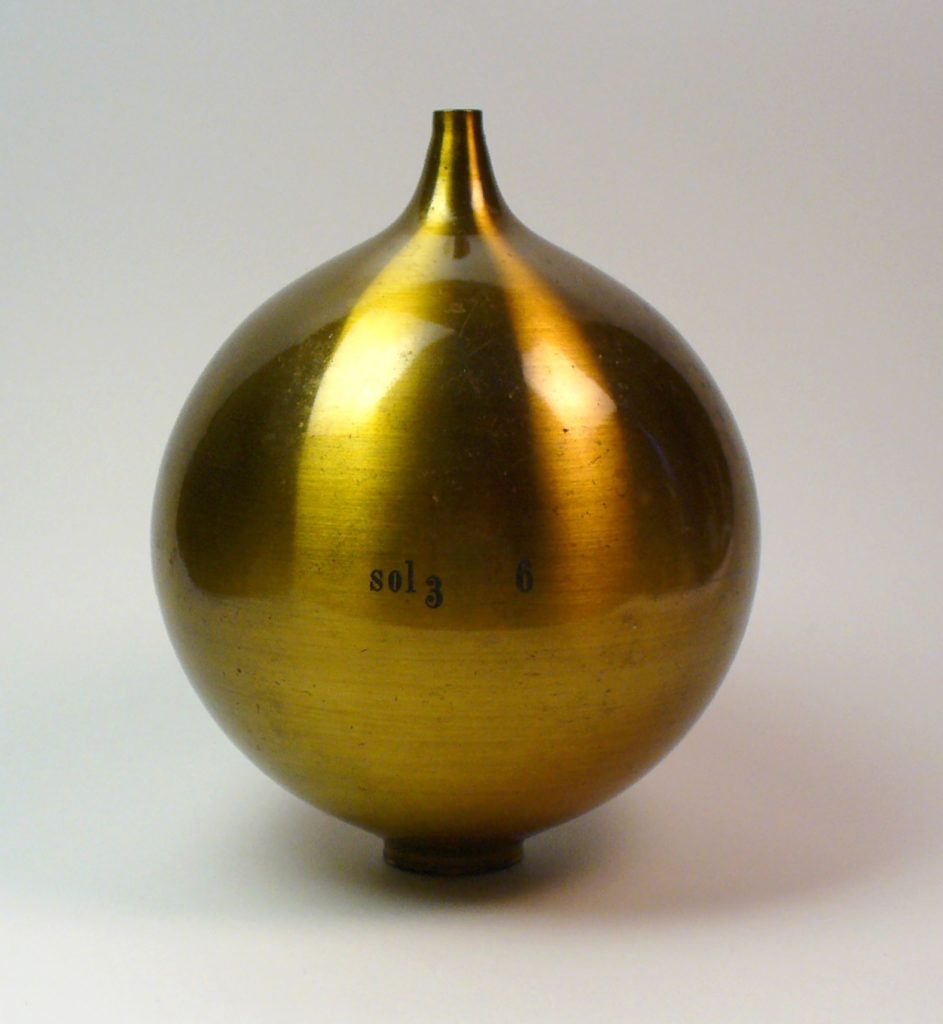
Maximizing Low Frequency Energy Absorption with Internal Perforated Absorbers
The internal perforated absorber inside our diaphragmatic absorber manages the rate of absorption or how much energy is absorbed at each octave band. The goal is to go low and get a lot. You want the design objective to be one in which you manage as much energy as you can in every square foot of the unit. The greater the performance per square foot the less square footage of coverage that will be required to treat the low frequency modal issues in small rooms.
Modal issues are unwanted low frequency pressure that is trapped between two, four, and six surface areas within our rooms. The treatment type and amount of coverage on each wall surface area all has to be calculated and designed for. The usage of the room is also a large factor within the room. The difference in pressures with drums in a live room is drastically different than in a vocal booth with one voice.
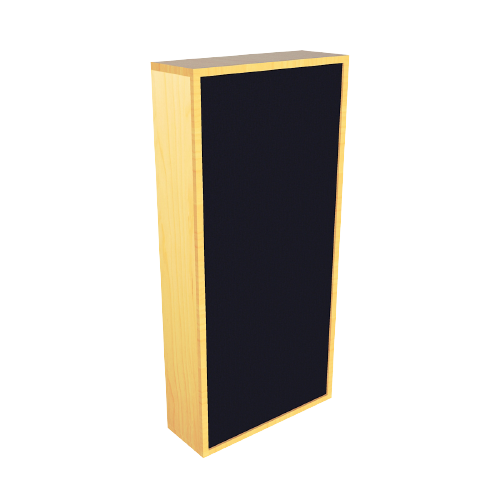
Bass Trap Foam: A Marketing Tactic Without Low Frequency Absorption
When you study the three main types of low frequency absorption, you quickly realize that bass trap foam is not an option but more of a trick to get you to purchase something by labelling a material type with the two words bass trap. Using a term such as bass trap foam is a marketing tactic that is designed for only one thing and that is not sound absorption especially at low frequencies.
As a general rule, if a product is lightweight, it will not work for the absorption processes required for low frequencies. As a general rule, so you won’t be tricked by marketing hype, a middle and high frequency absorber will weigh much less and be much thinner than either a Diaphragmatic, Membrane, or a Helmholtz.


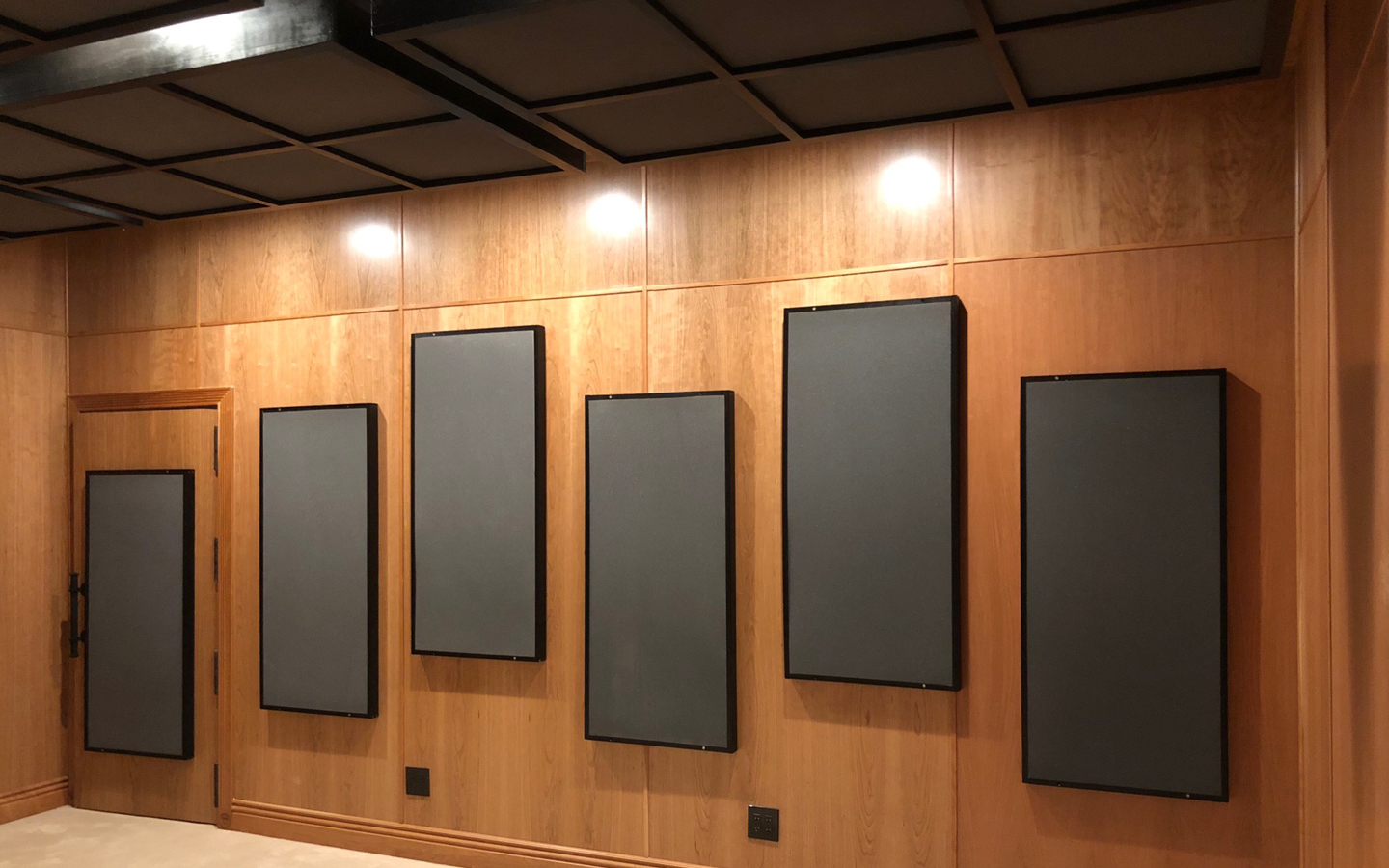





The discussion on ductwork noise transmission from Acoustic Fields highlights crucial aspects of HVAC system acoustics. The movement of air…
Great build plans. thank you Denis
You must use absorption. Never place a chair against a wall.
A friend and I built several diffusors using these plans and they turned out absolutely beautiful. Very good instructions and…